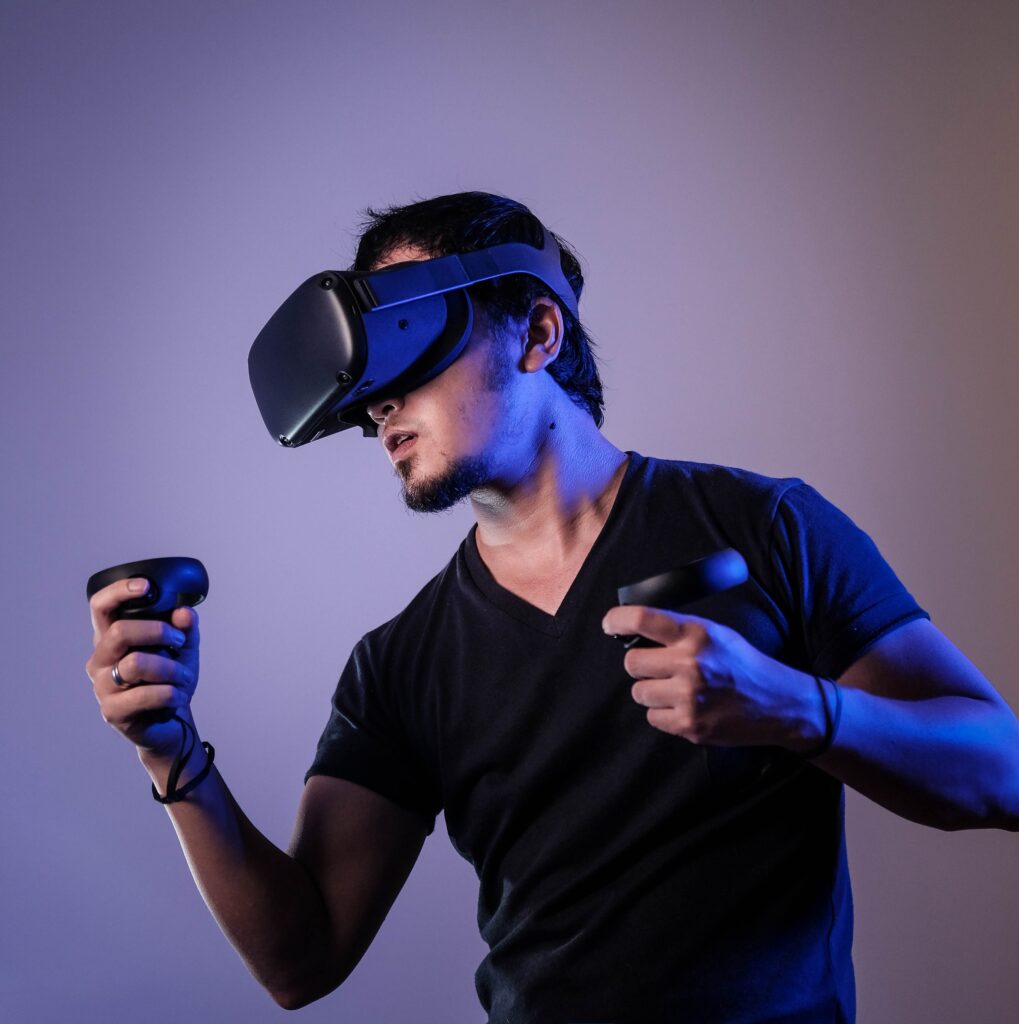
In a groundbreaking collaboration, Apple and the Max Planck Institute for Intelligent Systems have unveiled HUGS (Human Gaussian Splats), a neural rendering framework poised to revolutionize the digital world. HUGS, standing out with its unique 3D Gaussian Splatting technique, offers an unprecedented approach to creating lifelike, animatable human avatars from simple monocular video footage.
This advancement is a testament to Apple’s commitment to innovation in AI and neural rendering technologies. The technique behind HUGS is not just about visual fidelity; it’s a leap in computational efficiency. The framework allows for fast, high-quality rendering and animation, making it a game-changer in fields like virtual reality, gaming, and digital media.
The significance of Apple’s involvement cannot be understated. As a tech giant known for its disruptive innovations, Apple’s entry into neural rendering heralds a new era in AI applications. This move is a clear indicator of the company’s foresight in recognizing and investing in future technologies that can have widespread impact.
Looking forward, the implications of HUGS and similar technologies are vast. We’re stepping into an era where digital representations are not just static images but dynamic entities capable of interaction and expression. The potential applications range from enhanced virtual communication to more immersive entertainment experiences.
Moreover, the development of HUGS signals a shift in how AI is perceived and utilized in the tech industry. As these technologies become more advanced and accessible, we can expect a surge in AI-driven innovations, with Apple likely at the forefront of many of these developments.
HUGS is not just a technical achievement; it’s a harbinger of the future of AI. With Apple’s involvement, we’re witnessing the shaping of a new digital landscape, where the lines between reality and virtual representation blur, opening up endless possibilities for creative and practical applications.

